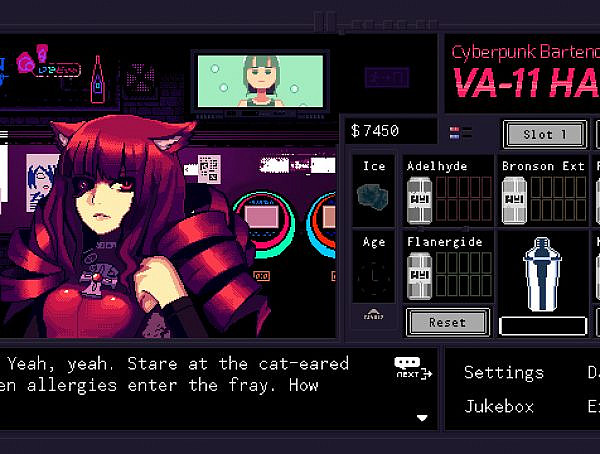Life Is Strange: True Colors ranks as the third full instalment in the decision-making focused graphic adventure game series and is the second Life Is Strange game developed by Deck Nine Games instead of DONTNOD, the developer of the first two games.
Alex has spent her whole life in a youth institution but finally as a young adult gets a chance to move in with her brother. The game takes place in the idyllic town of Haven Springs, a mining village with a beautiful lakeside mountain view and people coming from many backgrounds to live the quiet little town dream, or to work for the mining megacorporation. The little town is without a doubt one of the best-looking settings in the series. Along with the improved graphics and world design, character design and motion capture are greatly improved compared to the previous instalments.
The game series is known to incorporate supernatural powers to the otherwise realistic and down-to-earth feel of the games, and True Colors is no exception. Alex’s ability could be described as ultimate empathy. She can read other people’s emotions. Coming from the first two games with powers being the ability to turn back time, and telekinesis, sadly Alex’s ability does not have a significant effect on the storyline except for a couple of small moments in the game.
Shortly after arriving to Haven Springs, Alex’s brother dies in a tragic accident at the mines, and Alex decides not to rest until the person or entity behind her brother’s death is brought to light. The story had a lot of potential to handle issues such as environmental pollution, employee abuse and power of money, but ends up going all over the place and ending up being a love story at best with decisions along the way with no effect on the story. The villain, the evil mining corporation is a distant entity, and its operations are never seen nor is the company present in decisions made.
There is a single ending, just with a couple of variables. Along the way, there are very few moments where the player is put under pressure in a high-stakes situation, but these also end up having very little significance to the story. With the previous instalments, the player was multiple times at the edge of their seat but in True Colors, the player is very much at comfort throughout the story.
At this point of a game franchise, there must be new gameplay elements or development of some kind, but the game ends up being the same as its predecessors just with a new storyline. Features such as an explorable open world, or just a larger pool of possible ways the story goes would be considerable features that would keep the series fresh.
The biggest issue with the game is its length, which is around eight hours of playtime, and considering its price tag of €54.90 is certainly not enough. Even though this is the first Life Is Strange game without the episode-by-episode release structure, the game consists of five chapters, just as the previous instalments had five episodes, only this time they are all playable at launch. The first chapter is an introduction to the story and the most action-packed of them all, the third chapter is wasted playing an RPG-like game, and the final chapter is just one big cutscene.
True Colors is not a bad game as it does offer some great character development, beautiful landscapes, and in the end a nice little story with a satisfactory resolution. I would still recommend a playthrough if the game is found on sale.
Publisher: Square Enix
Developer: Deck Nine Games
Platforms: Microsoft Windows, Nintendo Switch, PS4/5, Xbox One, Xbox Series X/S, Stadia
Release Date: September 10th, 2021
Genres: Graphic adventure
PEGI: 16
Pictures: Promotional pictures. Copyright Square Enix.
https://lifeisstrange.square-enix-games.com/en-gb/games/life-is-strange-true-colors/
You might also like
More from Game Reviews
Mining, Mayhem, and Bugs: A Deep Rock Galactic Review
Fight monsters, mine riches, and cause chaos with your dwarf crew — welcome to Deep Rock Galactic!
Microsoft Solitaire: classic games to kill time
Perhaps the most played games in offices worldwide, Microsoft Simulator is a pinacle of design from the era where games …
Reviewing Elden Ring amidst Elden Ring Nightreign hype
Elden Ring Nightreign is coming soon, so now might be a great time to take a another look at Elden …

















